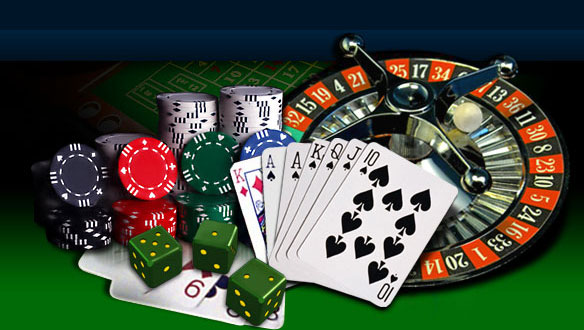Markets move in both worlds. Poker has shifting ranges and live information; sports betting has lines that open, bounce, and settle. The overlap is useful. Treat wagers like decisions at the felt: assess price, quantify risk, and protect a finite stack of your chips.
Comparison guides to no verification betting sites explain why many bettors want faster sign-up, more privacy, and crypto-friendly cashier flows; the appeal is less paperwork and quicker settlement when a number looks right. That same bias for speed and clarity serves poker players, too: value is time-sensitive, edges are small, and money management decides longevity more than hot streaks ever will.

Price before prediction
Bettors talk about price shopping the way grinders talk about table selection. The key question is not “Who wins?” but “What is this price relative to true odds?” Build habits around expected value rather than hunches. Keep a modest model, even if it is only your own lines for one league, and compare it to the market. Log the gap between your number and the book’s price, then stake proportionally. Small edges add up when sizing matches advantage.
The math sits in plain view: the Kelly criterion scales stake size with edge and price; many prefer a half-Kelly to keep variance bearable. Translate that to the card room by asking: “Given this opponent and this position, what price am I getting on a call, a raise, or a fold?” Price, not preference, should lead.
Closing line value for the card room
Sports bettors track the closing number to see whether their read beat the market. That idea travels well. In cash games, think in terms of a “closing price” on decisions: did you enter pots at a better rate than what the table offered later, or did you donate by calling thin after pressure rose? In tournaments, the same logic shows up in pay-jump and ICM spots.
If a shove today saves chips that cost more later, the price is good. Over time, the scorecard is simple: get the money in at better prices than the crowd accepts, and avoid spots where you are laying a worse price than you intended. Keep notes on recurring situations: 3-bets out of position, river bluffs versus stations, squeeze pots with dead money— and compare your “entry price” to how the table evolved.
Tilt control as risk management
Loss streaks happen. Bettors call it variance; poker players feel it as coolers and card-dead stretches. The fix is structure. Set stop-loss and stop-win windows so emotions do not choose the stakes. Predefine review triggers: three losing days in a row means smaller sizing, sharper table selection, and a 30-minute study block before the next session. Keep decisions mechanical under stress: confirm pot odds, count outs, and compare to equity instead of feeling due. Track sessions like a bettor tracks units: stake, result, key spots, and one lesson to apply tomorrow.
Most important, protect your energy. Short breaks restore judgment; so does a brief audit of why a hand felt urgent. If urgency fades after a pause, the hand was probably priced poorly to begin with.
Conclusion
The shared lesson is discipline over drama. Price first, stake with intent, and let records, not adrenaline, decide the next move. That is how bettors survive seasons – and how poker players last beyond a hot run. Add slow, stubborn patience to that mix. Keep a written plan for sizing, a short checklist for tilt, and a rule that the next stake shrinks after errors. Review a few hands or tickets, then stop. Clean logs beat hunches, and steady execution turns small edges into stacks next month.




